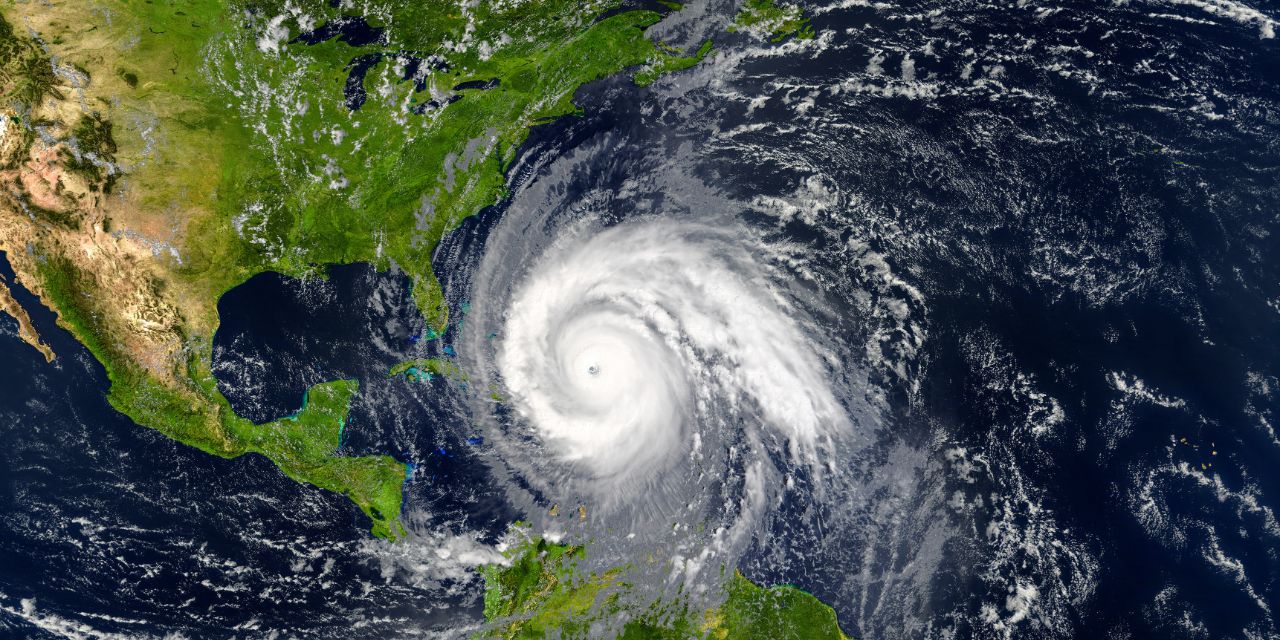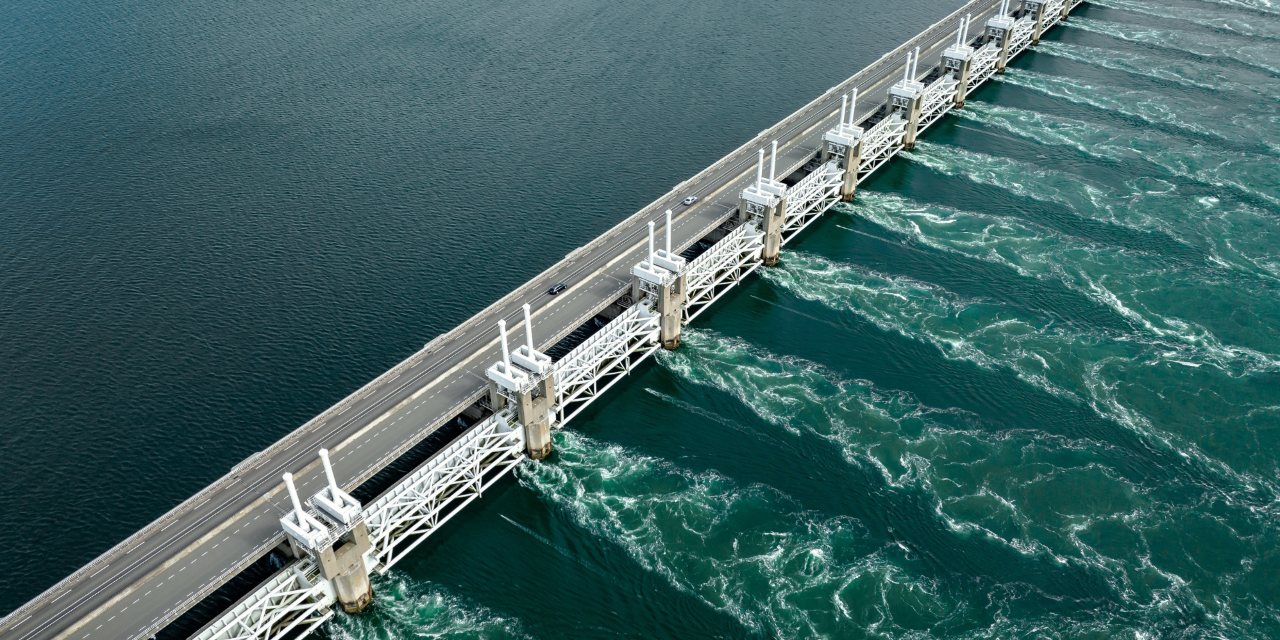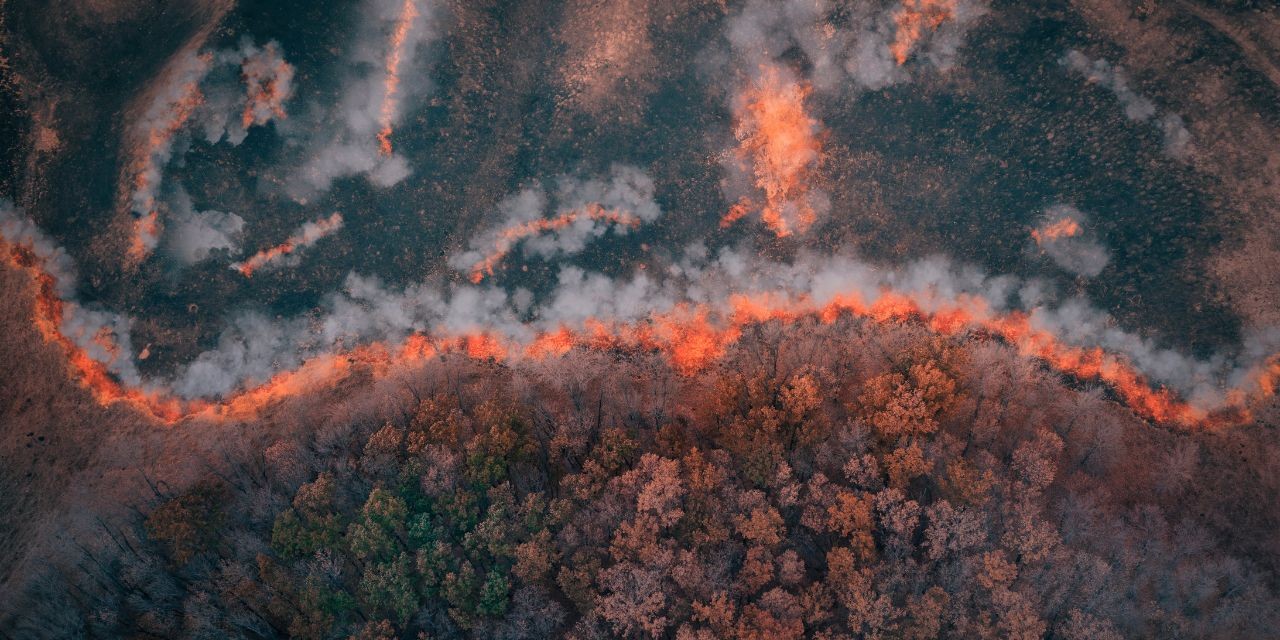Atlantic hurricane season outlook 2025
Early forecasts from six different institutions point to a slightly above-average 2025 Atlantic hurricane season. While sea surface temperatures (SST) in the tropical Atlantic are not as warm as last year, they are expected to remain warmer than normal. In addition, likely neutral El Niño (or La Niña) conditions will be present during summer and fall (autumn). Warm SST combined with neutral El Niño or La Niña conditions typically provide the conditions for an above average amount of storms in the Atlantic. Other factors, such as weak wind shear and the potential for an active West African Monsoon could also favor the formation of tropical cyclones in the Atlantic. The probabilities of a named storm making landfall in the US or the Caribbean are also above average.
The table below summarizes the predicted number of storms for 2025 by AccuWeather, Colorado State University (CSU), National Oceanic and Atmospheric Administration (NOAA), North Carolina State University (NCSU), Tropical Storm Risk (TSR) and the UK Met Office. The 2025 season is expected to feature 12 to 19 tropical storms, six to 10 hurricanes and two to five major hurricanes. Large uncertainties remain around which El Niño phase will be present during the peak of the hurricane season, as well as other factors like outbreaks of Saharan air.
Predictions by institution
Swipe to view more
|
Source
|
Forecast publish date
|
Tropical storms*
|
Hurricanes*
|
Major hurricanes*
|
US storm landfalls
|
US hurricane landfalls
|
Rating
|
|---|---|---|---|---|---|---|---|
| NOAA (long-term norm 1991 - 2020) | 14 | 7 | 3 | 3.3 | 1.5 | Long-term normal | |
| AccuWeather [1] | March 26 | 13-18 | 7-10 | 3-5 | 3-6 | --- | Near to above normal |
| CSU [2] | April 3 | 17 | 9 | 4 | --- | --- | Above normal |
| TSR [3] | May 23 | 16 | 8 | 4 | 5 | 3 | Above average |
| NOAA [4] | May 22 | 13-19 | 6-10 | 3-5 | --- | --- | Above normal |
| NCSU [5] | April 15 | 12-15 | 6-8 | 2-3 | --- | --- | Close to average |
| UK Met Office [6] | May 21 | 16 | 9 | 4 | --- | --- | Above average |
| 2025 forecast range | 12-19 | 6-10 | 2-5 | 3-6 | 2 | Above average | |
| Comparison: 2024 hurricane season forecast | 18 | 11 | 5 | 5 | 5 | Above average |
What is the El Niño-Southern Oscillation (ENSO)?
ENSO is a natural fluctuation in the sea surface temperature (SST) and air pressure across the Pacific Ocean with cascading effects on weather patterns worldwide.
The El Niño phase of the cycle is based on warmer than usual SST in the equatorial Pacific, which favors stronger hurricane activity in the central and eastern tropical Pacific Ocean but suppresses it in the Atlantic basin. Conversely, La Niña, which is characterized by colder SST in the equatorial Pacific, suppresses hurricane activity in the central and eastern Pacific Ocean, while enhancing it in the Atlantic basin. During a neutral phase, tropical Pacific SST are close to average.
Atlantic hurricane seasons by numbers

Atlantic hurricane season in numbers 2000 to 2023 and 2024 average forecasts: tropical storms, hurricanes, and major hurricanes. ‘Average’ hurricane season considers the period 1991-2020, according to the National Oceanic and Atmospheric Administration (NOAA).
Source data: National Hurricane Center/NOAA. Graphic: Allianz Commercial.
How is climate change impacting hurricane behavior?
As a result of climate change, hurricanes are becoming more intense, wetter, and slower moving, challenging traditional models. Additionally, there is a poleward migration of the latitude of maximum intensity, meaning that tropical cyclones (including hurricanes) are increasingly reaching further north and south in their respective hemispheres. Relying on past data alone can underestimate tail risks—rare, high-impact events. Take Hurricane Helene (2024), for example: its slow movement led to record flooding in North Carolina, making it the deadliest tropical storm in the state’s history. To stay accurate, catastrophe modelling must adapt, incorporating real-time data and climate-informed forecasts.
“Climate-induced volatility is here —evident in changing hurricane behavior — and it is reshaping how we assess risk,” says Keerthy Mohandas, Catastrophe Risk Research Analyst, Allianz Commercial.
2024 hurricane season in a nutshell
The 2024 season set off to an extremely fast start, with Hurricane Beryl becoming the earliest Category 5 hurricane in the Atlantic on record. After an unusual four week pause between August and September, the season resumed to bring four other major hurricanes, including Helene and Milton, which brought widespread damage to the US Southeast.
Hurricane Helene struck the southeastern US, particularly impacting the Big Bend area of Florida with extreme winds, rainfall and coastal inundation. In the southern Appalachians, it resulted in devastating flooding, leading to hundreds of fatalities and causing billions in property damage. Only a couple of weeks after Helene, Milton became notable for its rapid intensification. It made landfall as a Category 3 hurricane in Sarasota County, causing widespread wind, storm surge and flooding across central and southern Florida, along with several damaging tornadoes.
Did you know?
Highlights from the 2024 hurricane season
📌 Earliest Category 5 ever: Hurricane Beryl became a Category 5 on July 2, breaking the previous record held by Emily (2005). This marked a significant shift in season dynamics and early-season risk.
📌 Historic US landfalls: Five hurricanes, Beryl, Debby, Francine, Helene, and Milton made landfall in the continental US, placing the 2024 season in a rare tie with 1893, 2004, and 2005 for second-most landfalls on record. Only three seasons—1886, 1985, and 2020—surpassed it, with six landfalls each.
📌 Rare mid-season lull: No named storms formed between August 13 and September 8— not seen since 1968.
📌 Big Bend record breaker: Hurricane Helene became the strongest hurricane to hit Florida’s Big Bend, with winds of 222 km/h.
📌 Hurricane Milton's fury:
- Max winds: 287 km/h — strongest in the Atlantic since Dorian (2019) and strongest in the Gulf of Mexico since Rita (2005).
- Lowest pressure: 897 hPa — lowest since Wilma (2005).
- Rapid intensification: strengthened by 148 km/h in 24 hours, the most since Felix (2007).
Tropical cyclone losses in the US 2009-2024
Graphic: Allianz Commercial
Hurricanes Helene and Milton contributed the most to the 2024 season losses, with $20bn and $25bn insured losses, respectively ($78bn and $38bn economic losses, respectively). This places Milton in the top 10 costliest hurricanes since 1980, in terms of insured losses. In terms of economic losses, Helene became the eighth costliest hurricane since 1980. Additionally, Helene became the 10th costliest flood event for the US National Flood Insurance Program (NFIP) [8].
These losses underscore the financial impact that hurricanes can have, but they also highlight an often-overlooked threat: underinsurance. In the aftermath of Helene, floodwaters inundated western North Carolina, where only 0.9% of properties had flood insurance. Despite being previously considered low risk by the NFIP, these inland communities were hit hard and left largely uninsured. Similarly, in Sarasota County, where Milton made landfall, severe flooding was experienced but only 23% of residents had flood insurance. Outdated FEMA flood maps contribute to this problem, as many properties now at risk are not even mapped into high-risk zones, giving homeowners and insurers a false sense of security.
“As climate volatility increases, the protection gap widens: storm damage is real, but recovery funds are missing. Hence, innovative insurance solutions are required to address this overlooked threat. The 2025 hurricane season demands not just resilience, but readiness. And that starts with informed, adequate coverage,” says Mabé Villar Vega, Senior Catastrophe Risk Research Analyst, Allianz Commercial.
Costliest hurricanes between 1980-2024
Graphic: Allianz Commercial
How are BI (Business Interruption) claims evolving during hurricane events?
Hurricane Beryl (2024) revealed that Business Interruption (BI) claims are now driven more by operational disruptions than just physical damage.
- Supply chain breakdowns, port closures, and power outages led to operational halts and restart delays, triggering contingent BI claims even without direct property damage.
- Understanding the cascading effects of infrastructure disruptions and interconnected industries will be crucial in assessing and mitigating the full scope of losses during future events.
References
[1] AccuWeather, Dynamic hurricane season predicted for Atlantic in 2025, March 26, 2025
[2] Department of Atmospheric Science, Colorado State University, Extended range forecast of Atlantic seasonal hurricane activity and landfall strike probability for 2025, April 3, 2025
[3] Tropical Storm Risk, Pre-season forecast update for North Atlantic hurricane activity in 2025. May 23, 2025
[4] National Oceanic and Atmospheric Administration, NOAA predicts above-normal 2025 Atlantic hurricane season, May 22, 2025
[5] North Carolina State University, Experts predict 12 to 15 named storms this hurricane season, April 15, 2025
[6] Met Office, North Atlantic tropical storm seasonal forecast 2025, May 21, 2025
[7] Insurance Information Institute, Archived tables | III
[8] Insurance Information Institute, Facts + Statistics: Hurricanes | III
Additional references
Munich Re, Tropical storms - The natural hazard with the highest losses
Gallagher Re, Natural Catastrophe and Climate Report: 2024, January 2025
National Oceanic and Atmospheric Administration, International Best Track Archive for Climate Stewardship (IBTrACS) data, accessed on April 16th, 2025
Supply Chain Dive, How Hurricane Beryl is impacting logistics operations in Houston, July 10, 2024
Environmental Defense Fund, How climate change makes hurricanes more destructive
Geophysical Fluid Dynamics Laboratory, Global warming and hurricanes, November 20, 2024
National Oceanic and Atmospheric Administration, Climate.gov, Climate change is probably increasing the intensity of tropical cyclones, March 31, 2021
The Guardian, Insurance is failing hurricane survivors: ‘People thought they were covered’, October 12, 2024
National Geographic, Many Americans are buying homes in flood zones – and don’t realize it, October 11, 2024




















